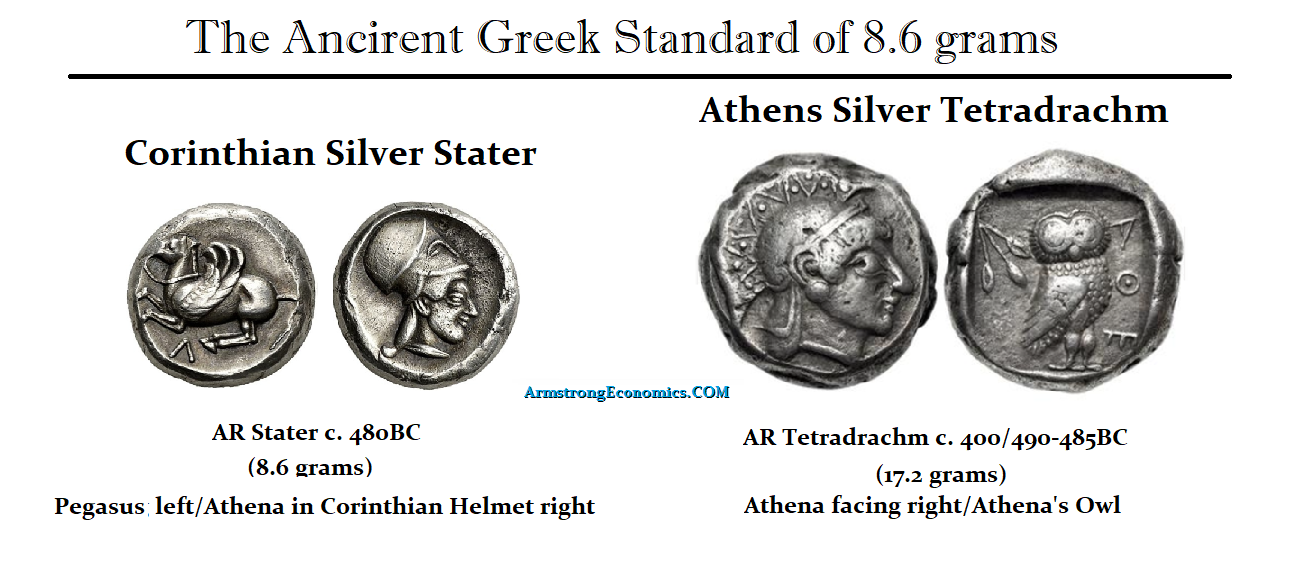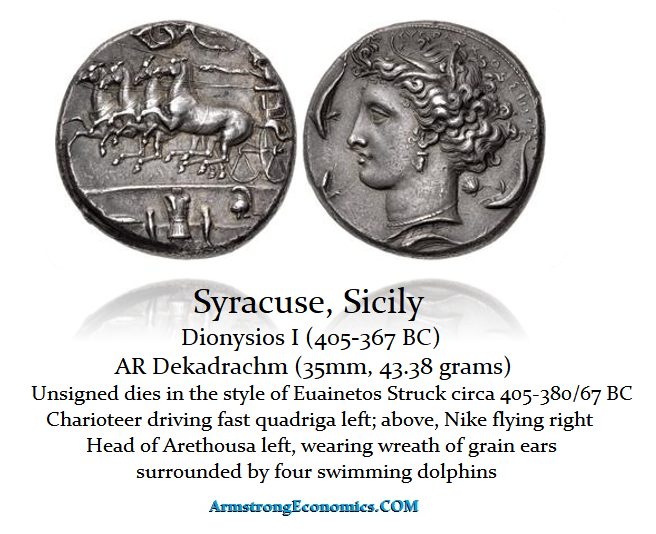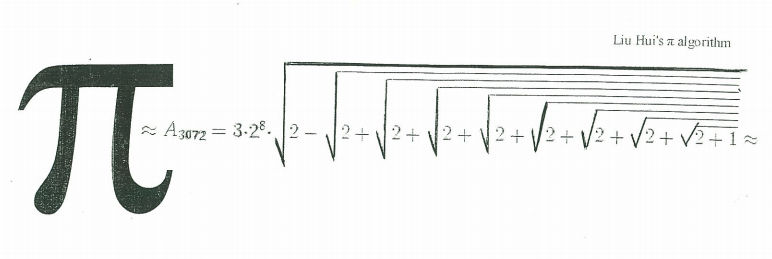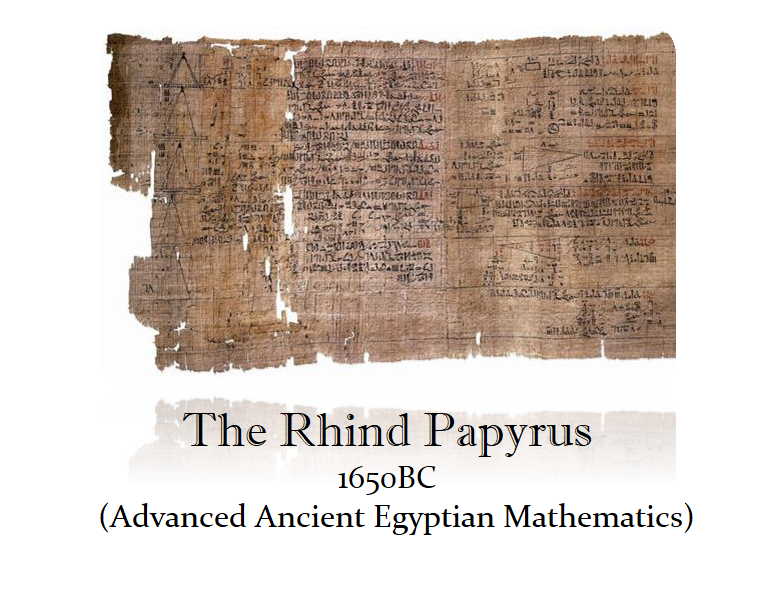by Martin Armstrong, Armstrong Economics:

I have often been asked the question, WHY did the Greek denomination of the stater comply with the 8.6 frequency of the Economic Confidence Model? The silver stater minted at Corinth was 8.6 grams (0.28 oz) in weight, which was divided into three silver drachmae of 2.9 grams (0.093 oz). Its rival city-state was Athens, and their silver didrachm (two drachmae) weighed 8.6 grams (0.28 oz), while their Athenian silver tetradrachm (four drachmae) weighed 17.2 grams (0.55 oz).
TRUTH LIVES on at https://sgtreport.tv/
What we do know is that the ancient Babylonians calculated the area of a circle by taking three times the square of its radius, which gave a value of pi = 3. One Babylonian tablet (ca. 1900–1680 BC) indicates a value of 3.125 for π, which is a closer approximation.
 The Rhind Papyrus (ca.1650 BC) gives us insight into Advanced Ancient Egyptian mathematics. The Egyptians calculated the area of a circle using a formula that gave an approximate value of 3.1605 for π (a 0.6% margin error, extremely good even by modern standards) 4000 years before that value was fixed at 3.14. We know that the Great Pyramid’s estimated dimensions are based on Phi, which only varies by 0.025%. A pyramid based on Pi varies by only 0.1% from the Great Pyramid’s estimated dimensions.
The Rhind Papyrus (ca.1650 BC) gives us insight into Advanced Ancient Egyptian mathematics. The Egyptians calculated the area of a circle using a formula that gave an approximate value of 3.1605 for π (a 0.6% margin error, extremely good even by modern standards) 4000 years before that value was fixed at 3.14. We know that the Great Pyramid’s estimated dimensions are based on Phi, which only varies by 0.025%. A pyramid based on Pi varies by only 0.1% from the Great Pyramid’s estimated dimensions.
 The first Greek calculation of π was done by Archimedes of Syracuse (287–212 BC), who was one of the greatest mathematicians of the ancient world. Archimedes approximated the area of a circle by using the Pythagorean Theorem to find the areas of two regular polygons. Since the actual area of the circle lies between the areas of the inscribed and circumscribed polygons, the areas of the polygons give upper and lower bounds for the area of the circle. Archimedes knew that he had not found the value of π but only an approximation within those limits. This way, Archimedes showed that π is between 3 1/7 and 3 10/71.
The first Greek calculation of π was done by Archimedes of Syracuse (287–212 BC), who was one of the greatest mathematicians of the ancient world. Archimedes approximated the area of a circle by using the Pythagorean Theorem to find the areas of two regular polygons. Since the actual area of the circle lies between the areas of the inscribed and circumscribed polygons, the areas of the polygons give upper and lower bounds for the area of the circle. Archimedes knew that he had not found the value of π but only an approximation within those limits. This way, Archimedes showed that π is between 3 1/7 and 3 10/71.
Even when we look at the coinage of Syracuse, located in Sicily, we see the same standard. This is a Dekadrachm, which is 10 drachms of 4.3 grams each. We have no ancient text to resolve this mystery. It certainly appears that the coinage was based upon this understanding of Pi.
It remains a mystery why their monetary system was established at 8.6 grams. No accounts indicate why they chose this weight. I can only say that perhaps they intentionally made this a Pi derivative.
Prehistory is the period of human history between the first known use of stone tools by hominins c. 3.3 million years ago and the beginning of recorded history with the invention of writing systems. There has long been a problem with academia in every field. Once they establish a belief, they simply defend it to the last dying man. They have done that with Historia Augusta insisting that it was fake because they did not hear of certain names of Roman Emperors during the 3rd century AD. Coins, such as Saturninus and Proculus, were discovered, which clearly established that academics were wrong. To this day, even Wikipedia claims its authenticity is questionable. “The true authorship of the work, its actual date, its reliability and its purpose have long been matters for controversy by historians and scholars…”
Read More @ ArmstrongEconomics.com





